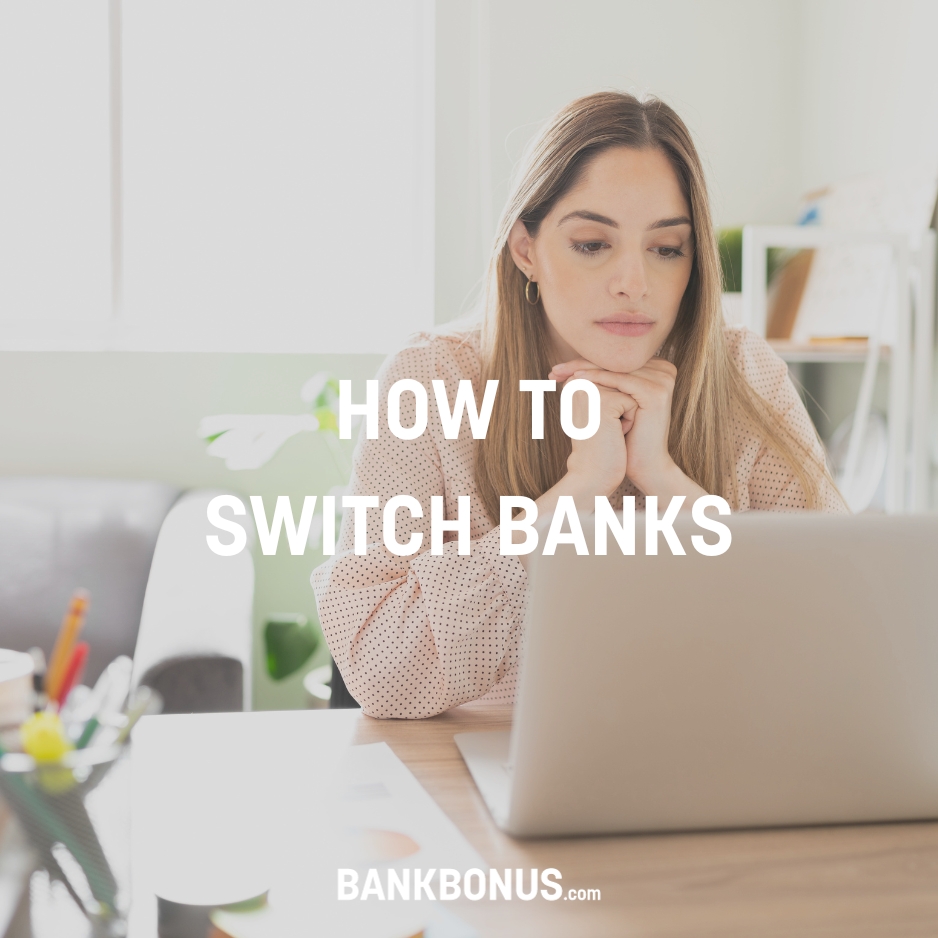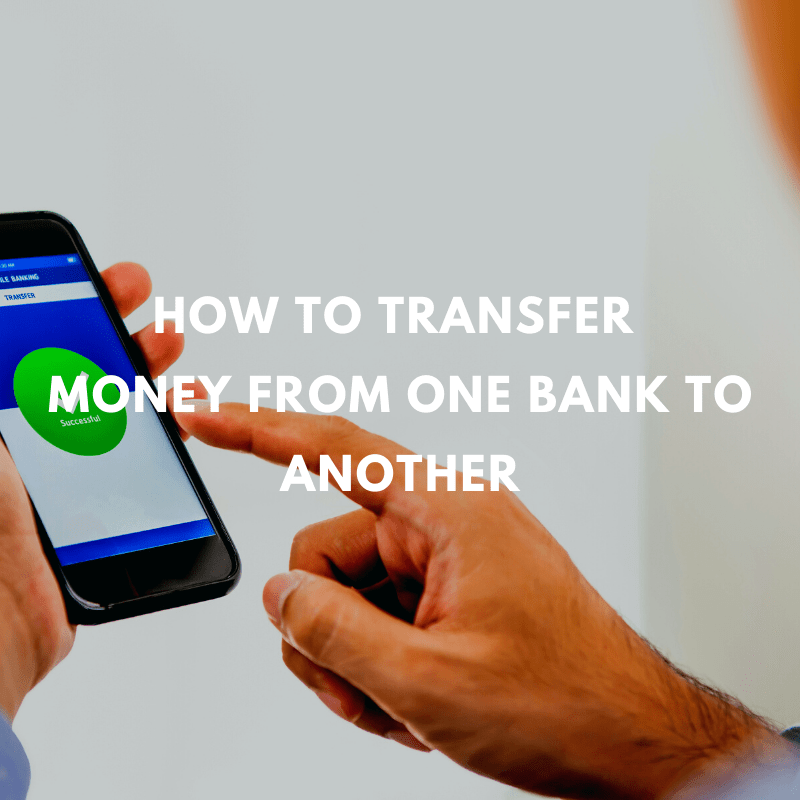If you ever accidentally overdraft your checking account, you know how stressful it can be. It’s bad enough overdrafting your bank account without hefty overdraft fees coming into play, so it would be nice if you could get those overdraft fees refunded, right!?
As it turns out, banks make as much as $8 billion each year from charging overdraft fees. These fees can make potential financial problems even more difficult.
Luckily, there are ways that you can get these overdraft fees refunded to your account, which can help you move back into the black and stay there.
Keep reading to learn more about how overdraft fees work and how you can avoid paying them altogether.
How Does Overdraft Protection Work?
Overdraft protection is a service that many financial institutions offer their customers to help them cover the cost of transactions when they don’t have enough money in their account balance.
Here’s How it Works: Let’s say you make a debit card transaction for $25, but you only have an available balance of $20. Without overdraft protection, your bank would decline the transaction and charge you a non-sufficient funds fee (or NSF fee) for good measure. Overdraft protection would allow you to complete the transaction, but your account would have a balance of -$5 and be charged an overdraft fee.
Many banks over overdraft protection services automatically on checks, ATM withdrawals, and ACH and other automatic transactions. You may be required to opt-in to receive overdraft protection on one-time payments or debit card transactions.
While overdraft protection may seem like a good thing, it is a practice that is a massive revenue generator in the banking industry. Overdraft fees are increasingly being seen as a predatory practice by many, including the Consumer Financial Protection Bureau (CFPB).
These charges can quickly add up, with some banks hitting customers with multiple charges of $30 or more per day.
How to Get Overdraft Fees Refunded
If you are already facing a negative balance, overdraft fees are the last thing you want to deal with.
Overdraft fee refunds are possible if you know the steps to take and how to go about the process. It typically involves giving your bank a call or heading to a branch location, but you need to have your ducks in a row before you ask for your money back.
Here are some steps to take to ensure that your bank refunds your overdraft fees so you can turn your personal finances around.
1. Gather all the Necessary Information
Before you pick up the phone, you need to get organized. Start by printing out your bank statements and reviewing the times that you had overdrawn your account. You will need to know when you were charged overdraft fees, why you were charged, and then add up all your overdraft fees.
Having all the information about your account ready will make the process of communicating with customer service much simpler. You will save both of you time by preventing them from having to hunt down the information themselves.
2. Contact Your Bank
Once you have all your information together, it’s time to make the phone call. Some people feel confident negotiating over the phone. Others may want some time to plan out what they are going to say. Practice speaking to the customer service representative before calling. It may feel silly, but this will help you negotiate more confidently once you’re on the line.
Banks are businesses, and at the end of the day, they don’t want to lose customers. Talking about how long you’ve been a customer with your bank is often a helpful strategy to getting bank fees refunded. If you’ve been a loyal customer and have been in good standing for the majority of the relationship, be sure to mention this. Banks want to do what they can to keep good customers around, even if it means overlooking a few overdraft fees.
3. Be Polite but Firm
We’ve all witnessed awkward encounters between customers and employees that end up going nowhere. The best way to handle customer service representatives is to remember to treat them how you would want to be treated. You’ll catch more flies with honey than vinegar, so be polite throughout the phone conversation. After all, people do favors for people they like.
No matter how nice you are, you should expect some resistance on the other end. Banks make a lot of money through overdraft fees, so they aren’t eager to simply hand the money back. However, if you come prepared with the information you gathered, you can certainly make your case.
4. Don’t Give Up
Don’t be surprised if you aren’t refunded your overdraft fee by the end of the first phone call. You may have spoken with a particularly strict representative, in which case you ought to call again another time. It may even help to speak to a supervisor if you aren’t getting anywhere with the customer service reps. Just be sure to be polite with each person you speak with.
It’s important to be persistent with your requests to show how much it really means to you. Banks want to keep their customers happy to prevent them from going to another bank. At the end of the day, it’s in their best interest to keep the relationship with their customers good, and refunding overdraft fees is a simple way to do that.
How to Avoid Overdraft Fees in the Future
Dealing with overdraft charges is a hassle that no one wants. The best way to keep insufficient funds fees or overdraft fees from hitting your account is to maintain good habits. Here are some tips to help you avoid overdraft fees in the future.
1. Keep Track of Your Balance
The best way to avoid overdrawing your account is to know where your balance stands in the first place. If your bank offers mobile banking through an app, be sure to download that and get in the habit of checking where your account stands throughout the week. This can help you easily check your balance before you make a purchase or after a direct deposit.
2. Link a Backup Account
Many banks offer overdraft savings transfers as a way to prevent your account from going into the red. Essentially, this is when your bank pulls the overdrawn fees from a linked account, such as a savings account, instead of putting your account into the negative. You can even link your account to a line of credit or a credit card so that the overdrawn funds are charged to credit instead.
With online banking, it’s becoming easier than ever to link accounts from other institutions. If you run into issues, be sure to call your bank to see if you can link and outside account to prevent overdrafts.
3. Set Up Alerts
It’s easy to forget about an automatic payment or even payday when we get busy. That’s where mobile banking alerts can come in handy.
Many banks allow you to set up automatic alerts through their mobile apps to help you track the comings and goings of your cash. You can set up balance alerts to know where you stand each day or transaction alerts to let you know when money has left your accounts. Some banks will even let you set up customized alerts so that you never have to worry about late payments or missed bills.
Which Banks Help You Avoid Overdraft Fees
Overdraft fees are often seen as a predatory practice, which is why many banks are doing away with them.
Ready to move your money to a bank that helps its customers instead of punishing them for overdrawing their accounts?
Here are two banks that believe there is a better way to deal with overdrafts:
1. Ally Bank
As an online-only bank, Ally boasts high-interest rates on their savings accounts and minimal fees on their checking accounts.
As an Ally account holder, you won’t have to worry about low-balance fees, maintenance fees, ACH transfer fees, or overdraft fees.
Plus, you won’t be charged ATM fees as long as you use an in-network Allpoint ATM.
2. PNC
PNC recognized that overdraft fees were bogging down many of their customers, so they came up with an alternative solution a few years ago.
They introduced their “Low Cash Mode” for their checking accounts, which alerts the customer when they’ve overdrawn their account and gives them 24 hours to bring their account balance out of the red.
This feature gives you the opportunity to transfer funds into your checking account before you’re charged for an overdraft.
What to Keep in Mind with Overdraft Fees
Many banks are getting rid of their overdraft fees or creating alternative solutions in response to consumer outcries.
These fees have been unpopular among customers and consumer rights groups for many years, and it seems that many banks are finally listening.
If you find that you’re constantly being charged overdraft fees, you may consider opting out of overdraft protection with your bank or switching banks altogether. At the end of the day, however, good account management will always be the best way to prevent overdraft fees.
Frequently Asked Questions
Which fees can you negotiate with your bank?
Most bank charges, such as ATM fees and maintenance fees, can be negotiated or waived. Banks are interested in keeping loyal customers, so it’s not unheard of for a bank to waive certain fees to keep their customers happy. You won’t be able to get rid of every fee, but it never hurts to ask.
Will overdrafting your bank account affect your credit score?
Overdrafting your bank account cannot hurt your credit report because bank accounts are not reported to credit agencies. However, if you are charged overdraft fees that are sent to collections, this could negatively impact your score.
How much do overdraft fees typically cost?
Bank fees, like overdraft fees, vary from institution to institution. For example, Wells Fargo and Bank of America charge $35 per item over $1, and U.S. Bank charges $36 per item over $5. On the other hand, Chase Bank will charge $34 per item if you overdraw your account by over $50 at the end of the business day.
How long do you have to pay back an overdraft?
Most banks will give you anywhere between one to five business days to bring your account back to a low balance. However, they may charge you with certain overdraft fees in the meantime.





Comments are closed.
Comments are closed here.